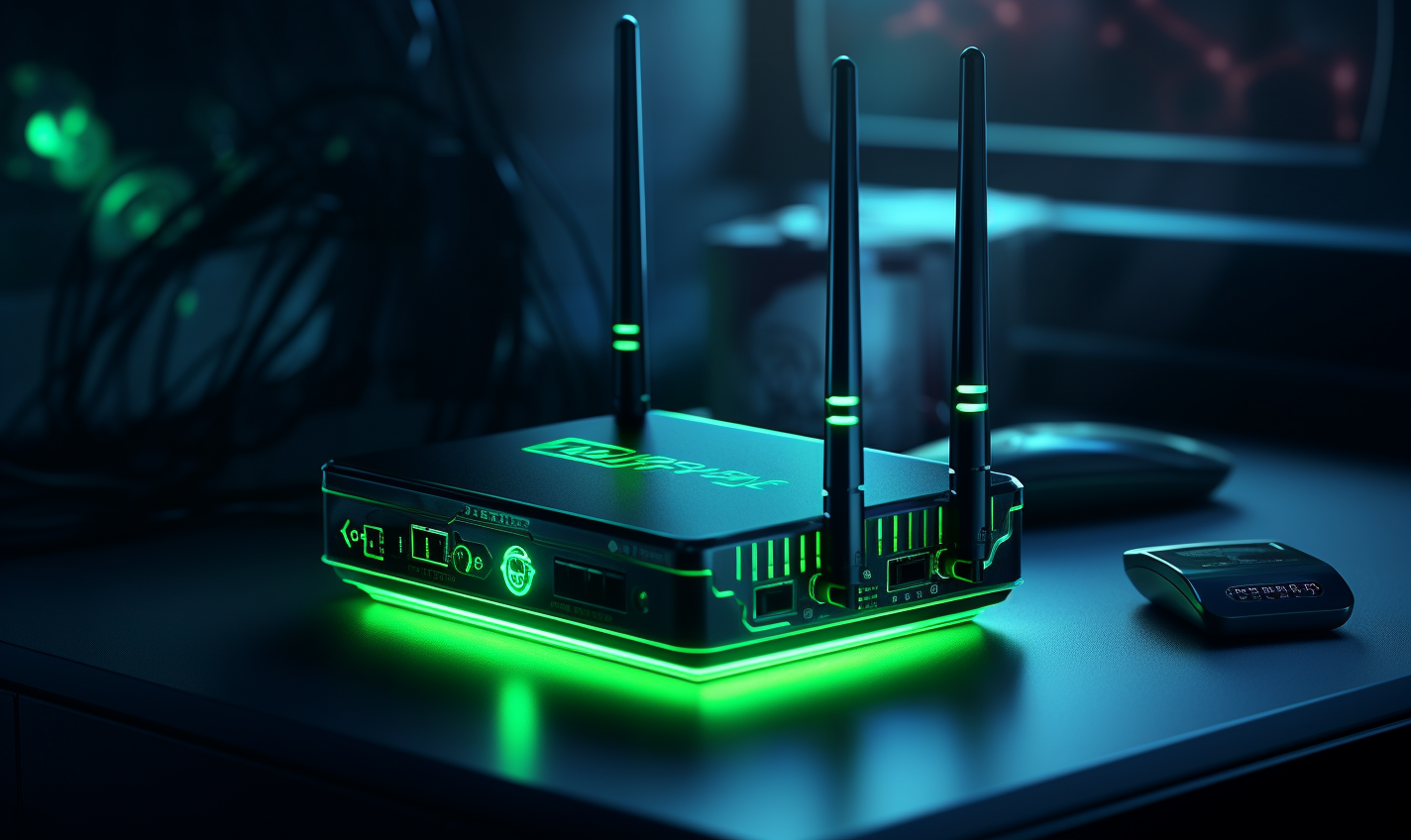There are many things people don’t know about space — too much for the human brain to comprehend. Many aren’t focusing on universal unknowns, but on how astronauts can send tweets. Do they have WiFi and what does that mean for interplanetary travel and connectivity? Is there internet in space?
The History of the Internet in Space
NASA connected astronauts on the International Space Station (ISS) in 2010, where flight engineer T.J. Creamer sent the first space tweet back when there was a 140-character limit. Astronauts sent emails before the internet was available to them using radio signals, but they had to be sent or posted with the help of support staff on Earth.
Connecting was challenging since running a fiber-optic cable down to Earth wasn’t an option. They accomplished connectivity by remoting into a computer in Houston via satellite link in 2016. This was an added safety measure, so if the connection were compromised, only the host computer would be in jeopardy. Eventually, countries like Russia started implementing more internet connections among the stars.
As it stood, the internet in space was slower than dial-up. SpaceX tested some solutions in 2014 by sending a capsule with OPALS technology — Optical Payload for Lasercomm Science. This moved communications from radio waves to lasers, increasing speeds by 10 to 1,000 times. Though this seems like a wide margin, it was a victory for ISS residents.
How’s the Connection Up There?
Even though the internet has improved for astronauts since 2010, it wasn’t without considering some of space’s obstacles:
- Limited fuel access: The satellites providing internet have to orbit Earth at the same speed as the planet’s orbit. This requires fuel and humans need more power to go out into space to fuel the satellites. The answer is to find remote ways to put gas in their tanks.
- Power shortages: Because satellites are sometimes out of Sun’s view, they use batteries to power themselves when not in range. Finding sustainable ways to replace these batteries or implement more reliable renewable resources is ideal.
- Radiation: Cosmic rays emit powerful radiation and every electronic in space is vulnerable. Even with technological protection, tech goes out of service quickly.
- Overheating: Space is cold, but heat is more intense. Radiators keep satellites from overheating, like cars. Still, the more powerful satellites become, the more technological advancement radiators have to follow suit.
In the last several years, advancements continued regarding connectivity reliability and speed. Because of this, astronauts could now complete tasks like temperature adjustments on satellites through an internet connection — and astronauts can even watch space-themed films like Gravity and Star Wars. Some sources say progress is so significant for space internet that it’s faster than most of Earth’s ground connections.
A Future of Interplanetary Internet
Ever since space travel was conceived and the internet was born, innovators have dreamed of creating interplanetary internet. What does this entail and how close are humans to achieving this goal? Will there be Wi-Fi on Mars?
Interplanetary internet is the idea of placing satellites to orbit planets that can communicate with each other in a network. Communication systems must have a new set of rules accounting for distance as they fly around planets at different times, speeds and distances. NASA and other space agencies worldwide have been working on these hurdles for over a decade, sending test robots in space to act as internet-like hubs.
As humans continue reaping the many advantages of exploring space, more will land jobs outside Earth’s atmosphere. Industry professionals do not believe implementing interplanetary internet will help humans discover more about space, but it could allow greater communication as humans travel further out.
Deep Space Connected by the World Wide Web
There are countless challenges facing astronauts and astrophysicists as new unknowns appear daily. Though scientists have provided astronauts with a way to see their kid’s photos on Facebook, it’s hard to imagine how computer networks and interconnectivity will expand as they venture further into space.
Luckily, humans are working to find all the answers. When they discover them, they might stream them live from the planet next door.
Recent Stories
Follow Us On
Get the latest tech stories and news in seconds!
Sign up for our newsletter below to receive updates about technology trends




